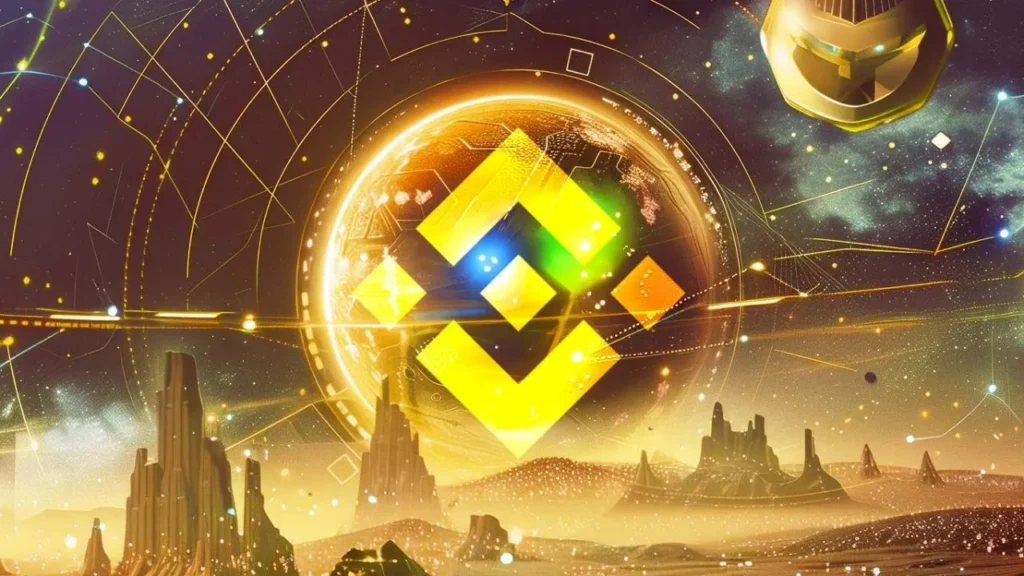Crypto Staking: When Mia first got into crypto, it was all about the hype—Bitcoin here, Ethereum there. But one night over coffee and a Reddit scroll, she kept seeing people talk about “staking.” It sounded… weird. And maybe too good to be true. Earn rewards just for holding certain coins? No trading? No staring at charts?
Naturally, she was skeptical.
But curiosity won. She dug in. And what she discovered turned her idle coins into something way more useful—passive income.
The Discovery: What Even Is Crypto Staking?


After a few late-night YouTube explainers and Twitter threads, Mia figured out the basics.
Not all crypto is created equal. Some blockchains—like Ethereum 2.0, Cardano, and Solana—use a system called Proof of Stake. Instead of mining with power-hungry machines, they rely on people like Mia to lock up their coins, helping validate transactions and keep the network running.
In return? The network hands out rewards—kind of like interest. Mia thought of it like a digital version of putting cash into a high-yield savings account, but with techier vibes.
Why She Tried Crypto Staking Anyway

Mia wasn’t trying to flip coins for a quick buck. She liked the idea of earning while holding—especially since she was planning to sit on her assets for a while anyway.
Plus, everyone online kept dropping two magic words: passive income.
She started small—staking a bit of Cardano (ADA) through a popular exchange. It was beginner-friendly, with no need to run her own validator or understand command lines. Just a few clicks, and boom—her ADA was working behind the scenes.
What She Learned Along the Way


Mia’s staking journey wasn’t just smooth sailing, though. There were things she hadn’t thought about.
- Lock-up periods: When she tried to unstake early, she had to wait several days. If the market crashed during that time? Tough luck.
- Volatility: Some weeks, the staking rewards looked great. Other times, a drop in coin value made those gains feel… meh.
- Risky platforms: She read horror stories about platforms going bust or validators getting “slashed” (yep, real term). Lesson? Do your homework. Always.
Still, she loved watching rewards tick in without lifting a finger. And that satisfying feeling of being part of something bigger than a price chart? Totally worth it.
How You Could Start, Too (Like Mia Did)

Mia tried a few approaches before settling on what worked for her:
- Using exchanges like Kraken and Binance—super easy but with small fees.
- Testing a staking pool with Tezos (XTZ)—a way to team up with others and share rewards.
- Reading fine print—she skipped anything that felt shady or made promises that were too big.
And, of course, she lived by the golden rule: DYOR—Do Your Own Research.
Is Staking for Everyone?
Mia wouldn’t call staking a “get rich quick” deal. But for her, it’s been a great way to dip deeper into crypto without all the trading stress. She’s earning rewards, backing a tech she believes in, and sleeping well knowing her coins are actually doing something.
As she likes to tell her friends now: if your crypto’s just sitting there, why not make it work a little?
Relevant News: Can RWA Be Traded Across Borders? A Practical Guide to Cross-Border RWA




